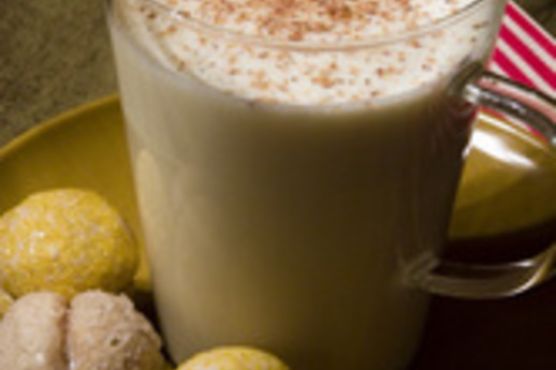Indulge in the rich, creamy delight of homemade eggnog, a cherished seasonal beverage that embodies the spirit of festive gatherings. This gluten-free recipe for Exploring Eggnog not only tantalizes the taste buds but also warms the heart as you savor each luscious sip. With a preparation time of just 45 minutes, you can easily create a batch that serves six, making it perfect for holiday parties or cozy nights by the fireplace.
Imagine the aroma of fresh nutmeg and cinnamon wafting through your kitchen as you whisk together velvety egg yolks and the sumptuous sweetness of sugar. The melding of heavy whipping cream with a splash of your favorite liquor transforms each glass into a luxurious treat. Whether you enjoy it warm, with a gentle steam and the enticing scent of vanilla, or chilled for a refreshing twist on a classic, this homemade eggnog is sure to impress your guests and become a beloved addition to your holiday traditions.
The beauty of this recipe lies in its versatility—experiment with different liquors or even opt for a non-alcoholic version using orange juice for a zesty flair. Whatever your choice, every serving is a delightful dance of flavors that encapsulates the joy of the season. Treat yourself and your loved ones to a flavorful experience that is as comforting as it is festive—this eggnog is one you won't want to miss!
